Sometimes friends ask about the equipment that went into making the images. Today’s journal is a bit of insight into the camera and lens choice for The People of Light and Shadow series and some thoughts about how and why they came to be the gear we used in the series. Because this is already a longer post, I’ll save lights and accessories for another day.
Camera: Canon 5D Mark IV
I got my trusty Canon 5D Mark IV in 2016, my first professional digital camera. In the almost ten-year span prior to this, I shot with the Canon 40D, a prosumer camera with enough manual features that it felt similar to shooting with the Canon Ftb film camera I’d shot with since 1994 (which my dad acquired sometime around 1972). Between 2004 and 2007, I played with a point-and-shoot digital camera, and I probably needed this experience to realize that I wanted to shoot with a digital single-lens reflex camera (SLR) and learn to edit the images I shot.
I resisted each of these camera evolutions, reluctantly moving from film to digital, reluctantly moving into the world of digital SLRs, reluctantly moving from a prosumer camera to a professional one, even as I’m now reluctant to move into the next evolution of mirrorless cameras—which I will certainly do, eventually.
“Which camera should I get?”
This is the question I asked myself in the beginning, and which people sometimes ask me now. The elusive answer to this question is: The camera you’re ready for, and if you don’t know, start at the beginning.
For most people this will be the the less expensive SLR (or mirrorless) cameras that still allow for full manual control. These cameras will allow you to do just about anything you want to do while you learn to use the camera’s settings, decide whether you enjoy shooting in manual or semi-automatic modes, and whether you enjoy editing images. In my opinion, if you don’t want to spend time editing images (or don’t have someone to do it for you), you don’t generally need one of these cameras because your phone is likely powerful enough to give you what you want—especially if you start using your phone creatively.
Camera Brands
Another topic we obsess over in the beginning. In 2007 when deciding whether to go with Nikon or Canon, which seemed the best contenders at the time, I did copious, inconclusive research. Canon users and Nikon users each professed the superiority of their brands. In the end I went with Canon because my friend (photographer Greg Inda) had one, and if I got a Canon too we could shoot together, lend, and exchange lenses, all of which we’ve done over the past fifteen years. In fact, I assisted Greg on two jobs last week in which I also acted as a second shooter. This required no explanation because I’m familiar with the Canon models, lenses, controls, and menus, so picking up a camera to help out was a seamless experience.
The final decision on which brand to buy came down to how the camera felt in my hands. At the time, Nikon boasted better ergonomics, which was probably true for most people—but I have big hands, which felt more comfortable on the Canon body with its straighter angles. In the end, I’d say there isn’t a better or worse option among the major brands so much as it comes down to one’s own preferences and comfort. There are also high end and luxury cameras on the market, but I’m unlikely to ever have one.
The Last Thing I Think About
When setting up a shoot, the camera has become an afterthought.
In 2007, choosing the “best” camera seemed like the most important decision—as if the choice of camera would determine how good the images were. In truth, the camera only plays a small role in the quality of my final images, though knowing the capabilities of the camera as a creative tool plays a more important role (such as understanding how to properly meter for exposure and how to white balance and how aperture, ISO, and shutter speed work together, etc., etc., etc.).
I shot with the prosumer Canon 40D for many years before deciding to upgrade to a professional camera. The choice to upgrade came when I understood enough about my digital SLR to realize its limitations and understand what would be possible with a different tool with a full-frame sensor and greater dynamic range and resolution. More important, I wanted to learn more and do more with photography than I could easily accomplish on my nine-year-old prosumer device.
Aside from the hope to make better images, the emotions I experienced when thinking about moving from a prosumer camera to a professional camera in 2016 were guilt and shame. Who did I think I was? What made me think I deserved a professional camera? What did I really know anyway? I struggled with these feelings for a long time. Then I started using the camera to go beyond the limits of my old camera, and once I started learning about the new device and using the functions that I wouldn’t have even been aware of or ready for in 2007, I had no regrets. As a starter camera, a professional model would have likely been a waste of money. But in 2016, after learning the ins and outs of digital photography and riding a desire to learn more, the 5D Mark IV was the camera I was ready for at that time; six years later it’s still my trusty companion.
The Future
SLR cameras are out and mirrorless cameras are in. My photographer friends Greg Inda and aka Liz Lauren have given me a look at their mirrorless cameras, and I see the benefits. For instance, I refocus on the subject’s eyes practically every time I take a shot, but sometimes I miss the focus point; the new mirrorless cameras automatically track and focus upon eyes as they move. That would save some time and all the extra frames I shoot for safety. As the technology progresses, I’ll need to have a mirrorless camera at some point, but right now I’m able to achieve the results I want with the camera I own, so it isn’t a priority.
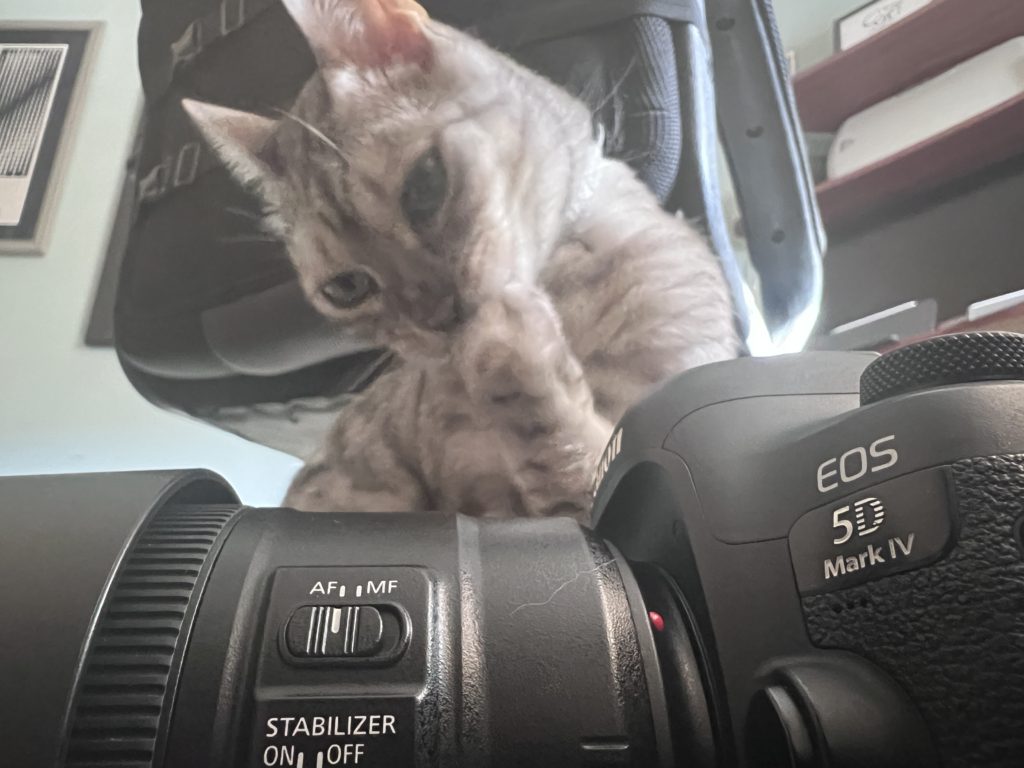
Lens: Canon 85 mm f/1.4L IS USM
I used a single lens when shooting The People of Light and Shadow series, and that lens was the Canon 85 mm f/1.4L IS USM. Beyond the Canon brand name, let’s break down what all those letters mean.
85 mm
The focal length of the lens is fixed at 85 millimeters, which means it’s a longer telephoto lens with no zoom capacity. The wider the focal length of a lens, the more distortion appears at the sides of the frame, since in wider lenses (like 16 mm, for instance) the lens is squeezing everything around it into frame. Wide lenses aren’t great for standard portraiture, though they can be fun for exaggerated portraits. At 70 mm, distortion isn’t bad; at 85 mm, it’s minimal; at 100 mm, you’re unlikely to see any distortion at all.
Also at these longer focal lengths, there’s a certain amount of compression, with multiple subjects or subjects and background appearing closer together, which can be desirable in portraiture, whereas with wider lenses, subjects, background and other objects appear farther apart from one another.
In The People of Light and Shadow, I wanted to make close portraits (or three-quarter) portraits of characters and creatures from fairytale and folklore against a close background with minimal distortion, and so 85 mm was an ideal focal length. Also, with the pandemic ongoing, I must be farther away from the subject to capture them, and I need to stand back in order to focus upon a subject while shooting with an 85 mm lens, so this was (and is) a safety bonus.
f/1.4L
The maximum aperture of this lens is f/1.4, which means it opens very wide and can let in lots of light. That wasn’t at all necessary in this series, as I shot nearly everything with the aperture about half closed at f/8. The wider and more open the aperture (for example, f/1.4) the shallower the depth of field and the blurrier the background (this blurry, often pleasing effect is called bokeh). Since I wanted the background to be somewhat in focus and I especially wanted the entire subject to be in focus, I closed down the aperture to f/8. Wider than f/8, parts of the subject can start to fade out of focus. The “L” in the title means it’s one of Canon’s high quality lenses.
IS and USM
IS means the lens has an image stabilizer. USM means that it has a fast, quiet, ultrasonic motor that allows the lens to focus very quickly. I had initially purchased a refurbished 85 mm f/1.2 lens in 2020, which did have a slightly creamier bokeh, but it was very slow, old, clunky, and perhaps even defective. I exchanged it for the newer, far more reliable, tack-sharp f/1.4 lens and have had no regrets.
Choosing a Lens
I think about lens choice and light far more than I think about my camera. Typically in the lifespan of your gear, the lenses are the constant as you switch from camera body to camera body. When I started out, I had two lenses: the Canon EF 28–135 mm f/3.5–5.6 IS USM kit lens that came with my Canon EOS 40D and was my standard zoom lens and lens of choice for most of what I did back then and the inexpensive fixed 50 mm f/1.8 “nifty fifty” lens required for my first digital photography class.
I didn’t know what lens I would want or need back then. Since I only shot in available light, I was always looking for “fast” lenses with wide apertures (which were often more expensive) and expansive zoom coverage. Really, it’s about having the right tool for the job you’re going to do. These days, in studio I only use one lens—the 85 mm 1/4. But when I went to the park this summer to shoot Midsommer Flight’s A Midsummer Night’s Dream, I only used a 70–200 mm f/2.8 lens, which allowed me to stay back from the action and zoom in close to it while blurring out distracting backgrounds and creating a pleasant bokeh around the subjects. When I’m shooting indoor theatre, I pretty much only use a 24–70 mm f/2.8 lens, which lets me zoom out wide enough to capture the stage or close enough to center on a subject (with a wide enough aperture to expose for the dim indoor light of the theater). If I’m photographing environments, I’ll go wide with a 16–35 mm lens; if I’m in an intimate environment where I can be close to my subjects and want to remain relatively inconspicuous, I’ll use that fixed 50 mm lens.
There are great lenses and ok lenses, but there’s not a best lens—there’s only the best lens for the job you’re doing or the art you want to make. For The People of Light and Shadow, it was an 85 mm lens, my lens of choice for my own studio portraiture, though I’d change lenses based on who, what, or where I was shooting.
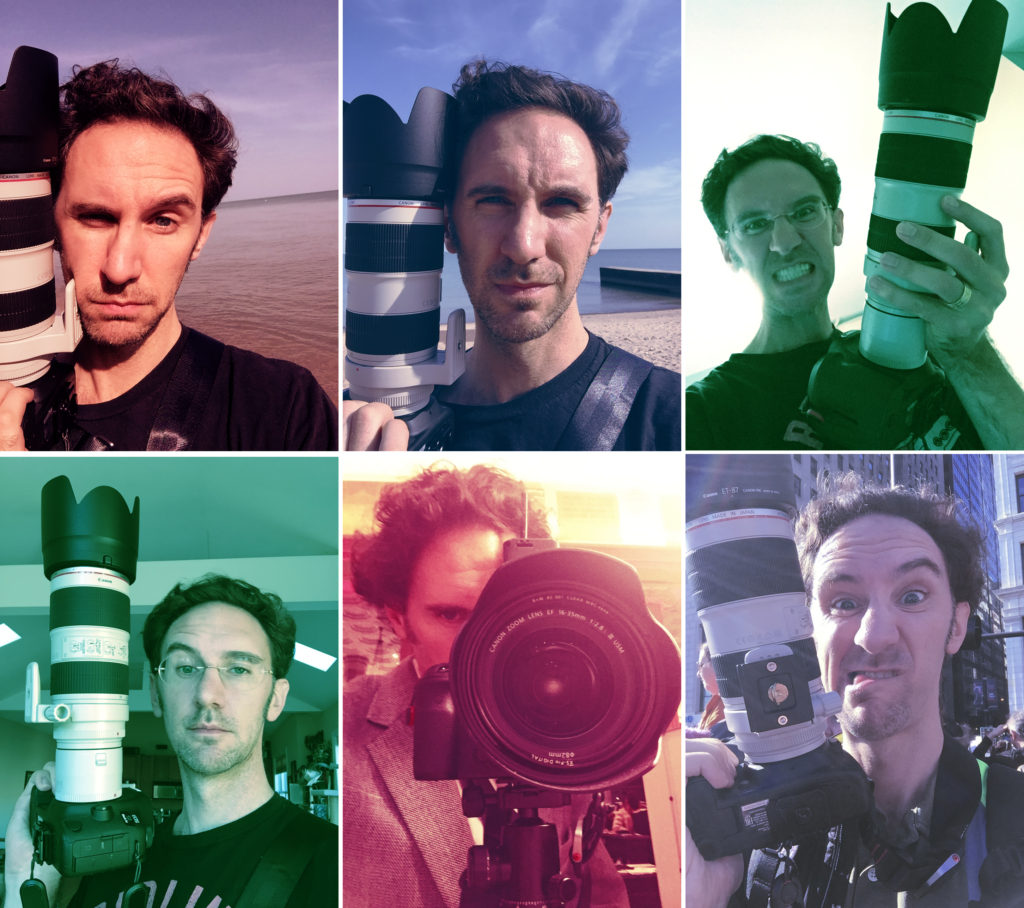
Next week we’ll take a look at some new images!

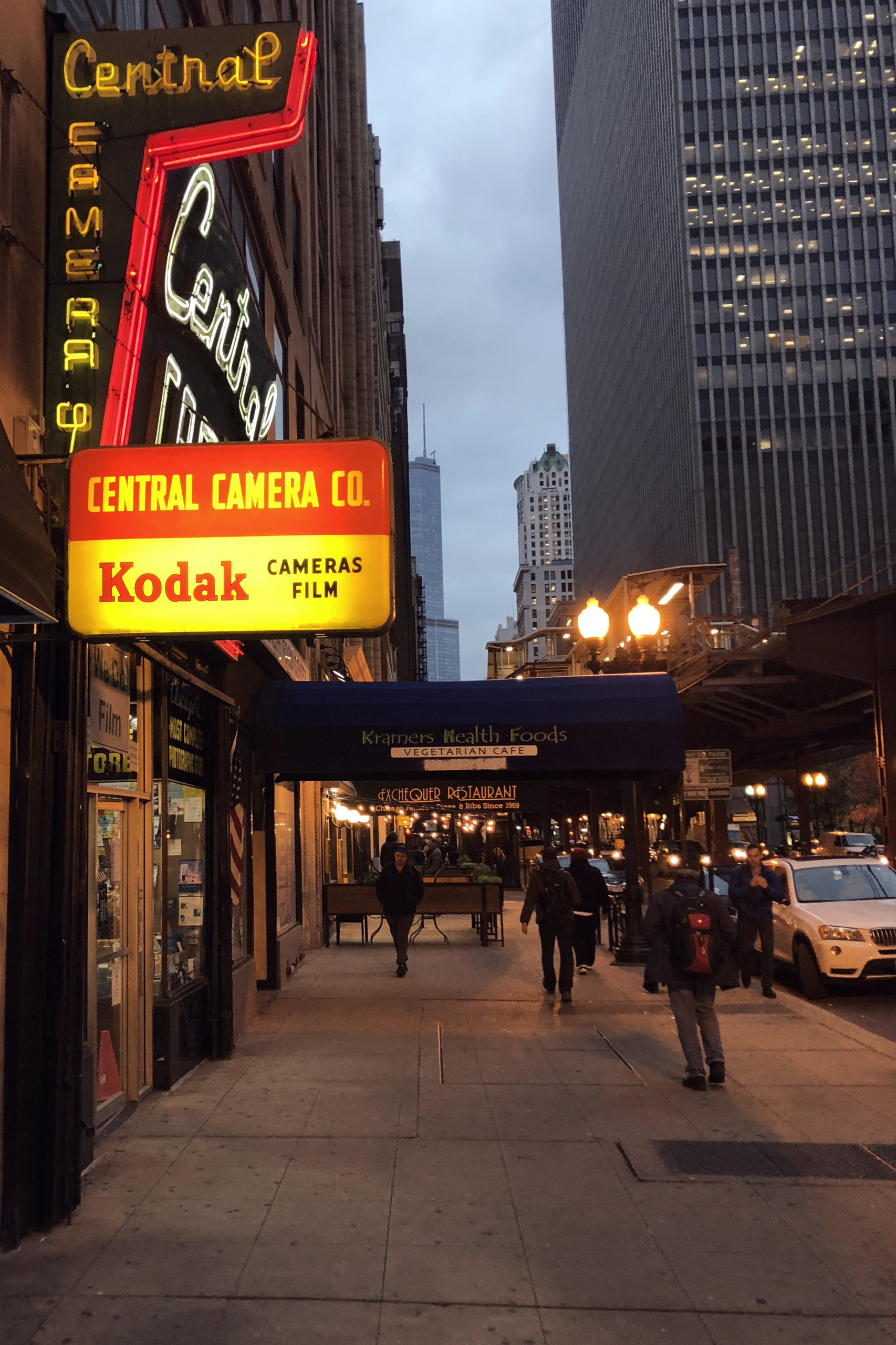
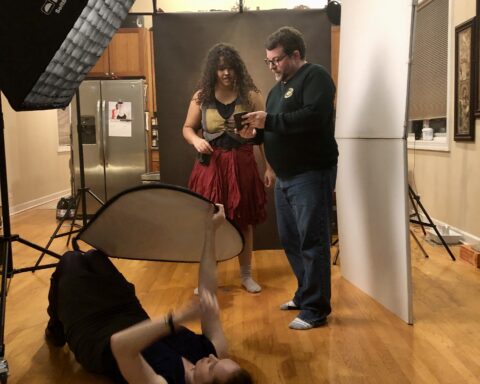

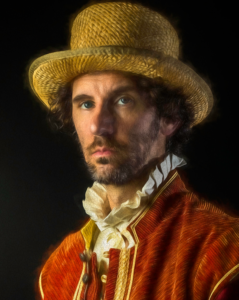
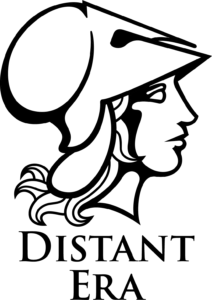
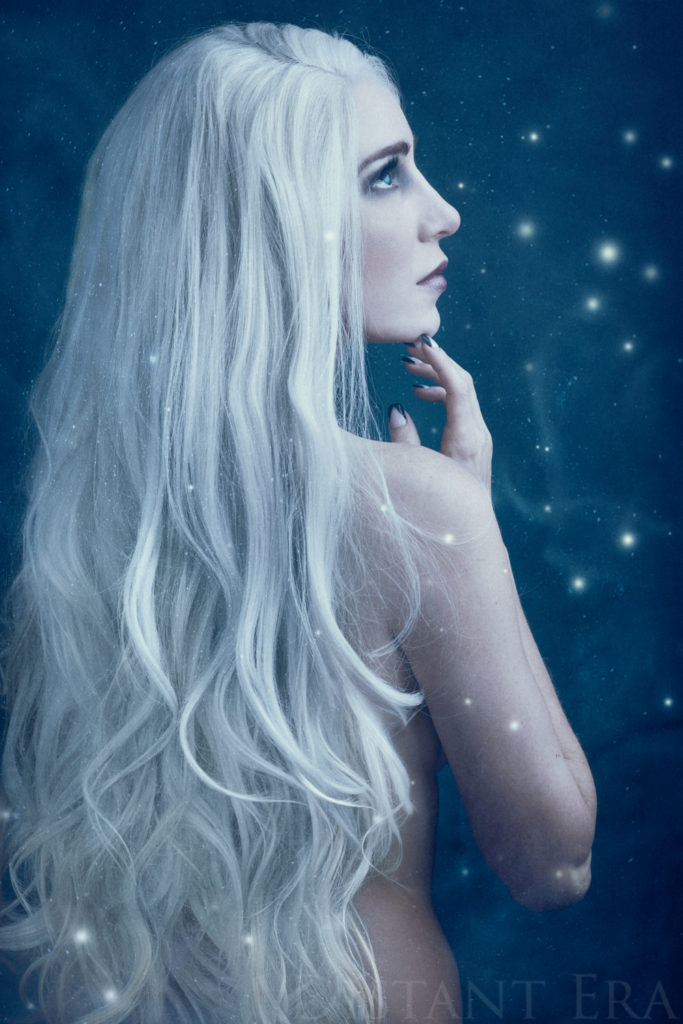
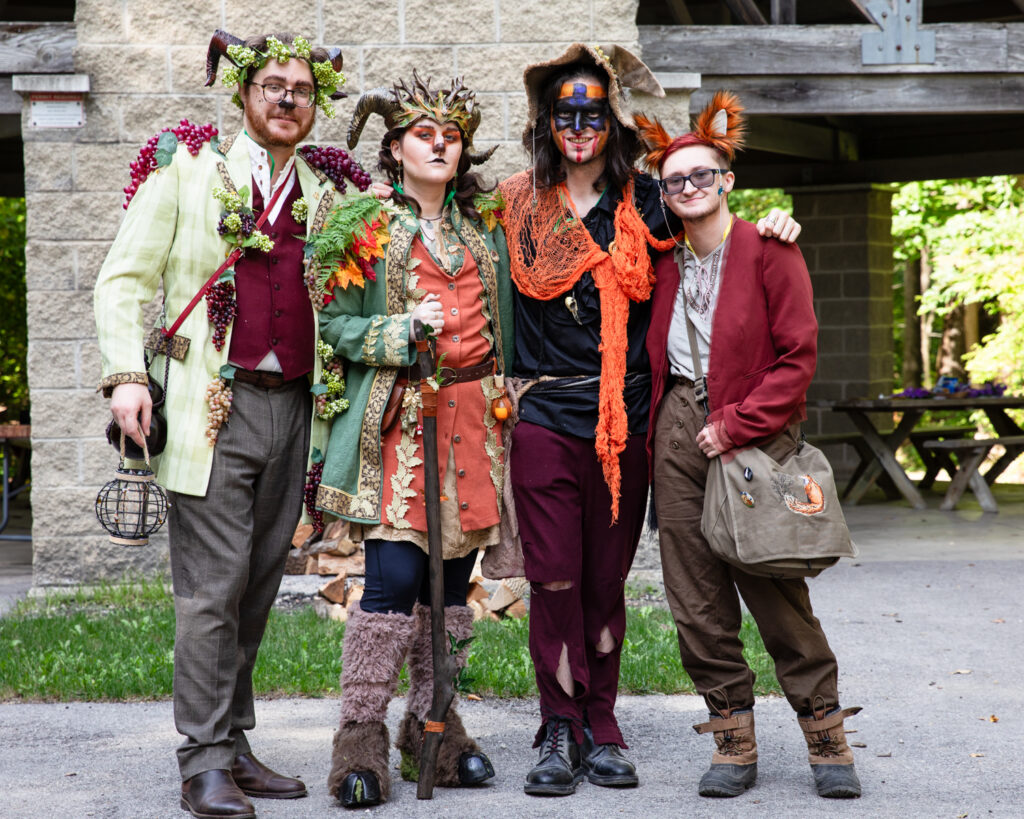
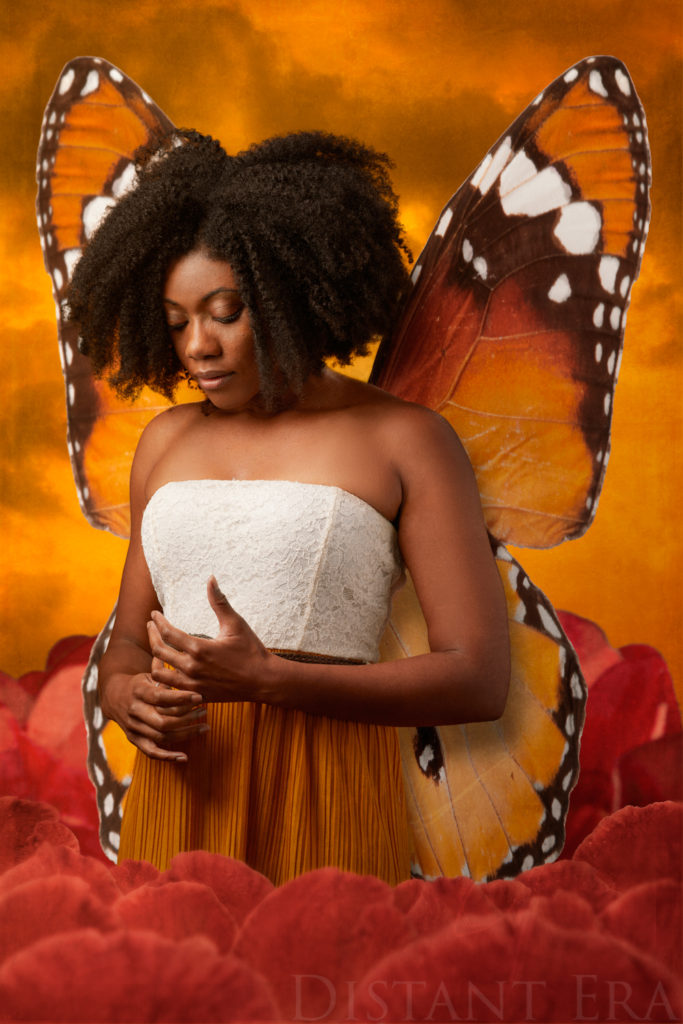
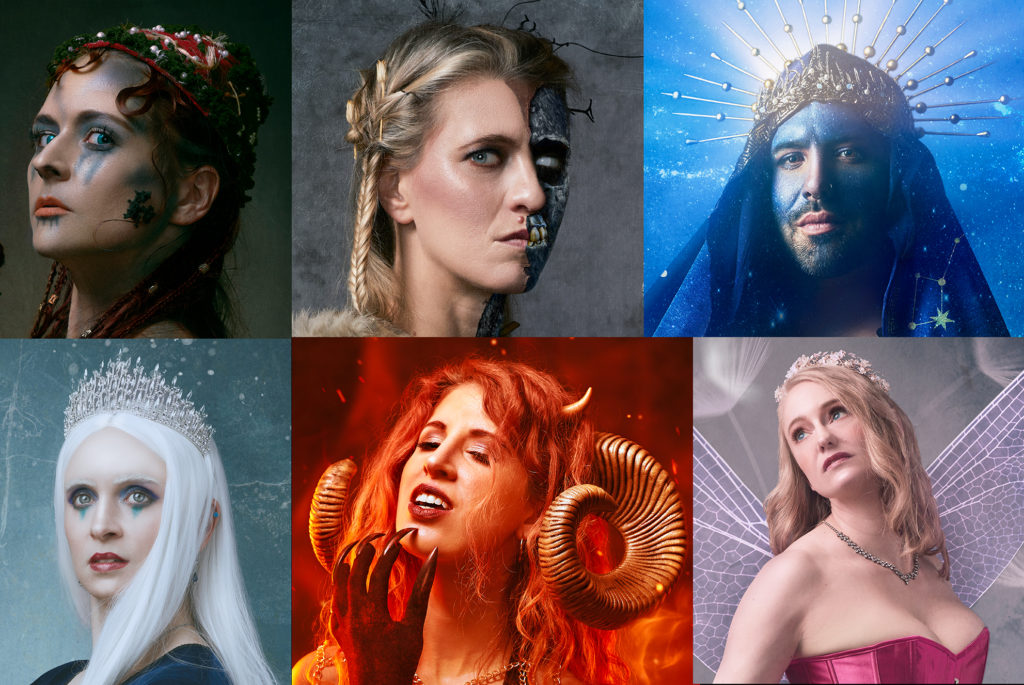


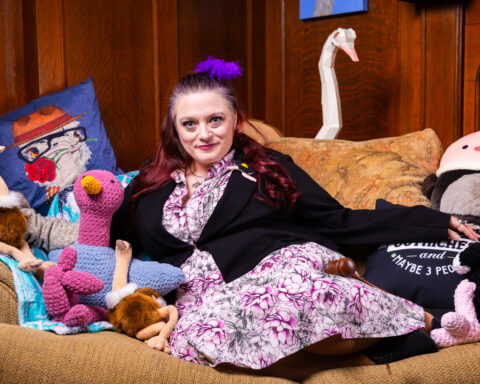


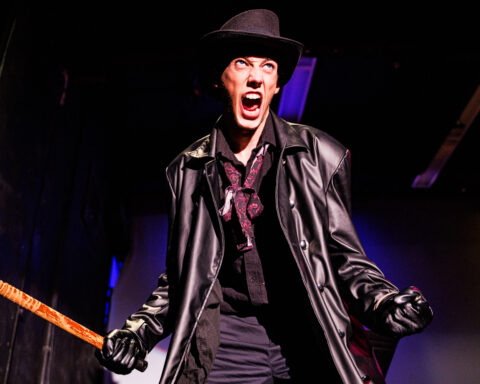
Follow Me